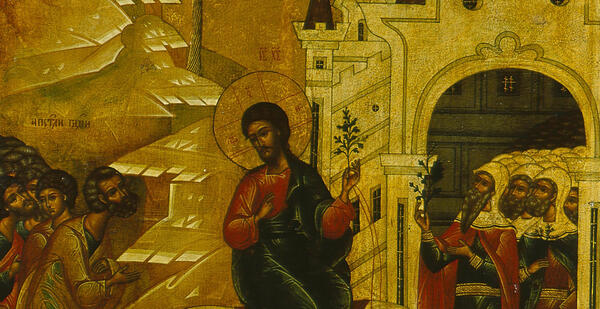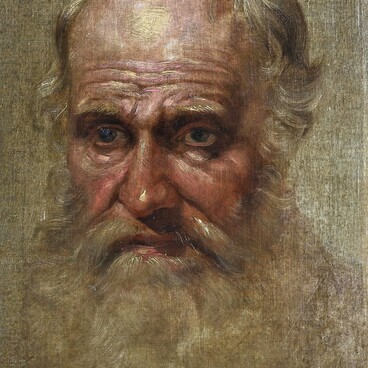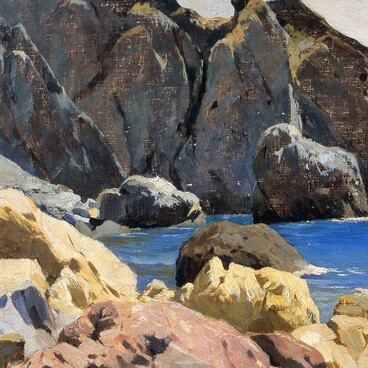The icon ‘The Entry of the Lord into Jerusalem’ holds a special place in Christian iconography. The arrival of Jesus Christ in the city is described in detail in all four Gospels. Many icon painters tried to convey the symbolism of this event, which took place a week before the crucifixion of Christ. It was depicted as a triumphal entry since people believed that it was the last joyful day in the earthly life of the Savior.
At the time when Jesus began his ministry, Judea was under Roman rule: civil disturbances constantly occurred in the kingdom, rebellions broke out, and the Jews were anxiously waiting for the Messiah, who was to become their king and free them. Jesus was a descendant of David, and according to the Old Testament prophets, it was the descendant of the Davidic line who would be the deliverer of the Jewish people. Therefore, the people welcomed the Savior with celebrations; thousands of people heeded his sermons.
An unknown master painted the icon ‘The Entry of the Lord into Jerusalem, ” depicting Christ with his head bowed, in a restrained position, and riding not on a horse, but on a donkey. Usually, commanders or kings captured the city and entered it on horseback or on chariots. Jesus wanted to show the people that he came in peace. He blesses people with his right hand, including the children who follow him and spread the clothes before the donkey — this was traditionally done when meeting important guests.
At the time when Jesus began his ministry, Judea was under Roman rule: civil disturbances constantly occurred in the kingdom, rebellions broke out, and the Jews were anxiously waiting for the Messiah, who was to become their king and free them. Jesus was a descendant of David, and according to the Old Testament prophets, it was the descendant of the Davidic line who would be the deliverer of the Jewish people. Therefore, the people welcomed the Savior with celebrations; thousands of people heeded his sermons.
An unknown master painted the icon ‘The Entry of the Lord into Jerusalem, ” depicting Christ with his head bowed, in a restrained position, and riding not on a horse, but on a donkey. Usually, commanders or kings captured the city and entered it on horseback or on chariots. Jesus wanted to show the people that he came in peace. He blesses people with his right hand, including the children who follow him and spread the clothes before the donkey — this was traditionally done when meeting important guests.



